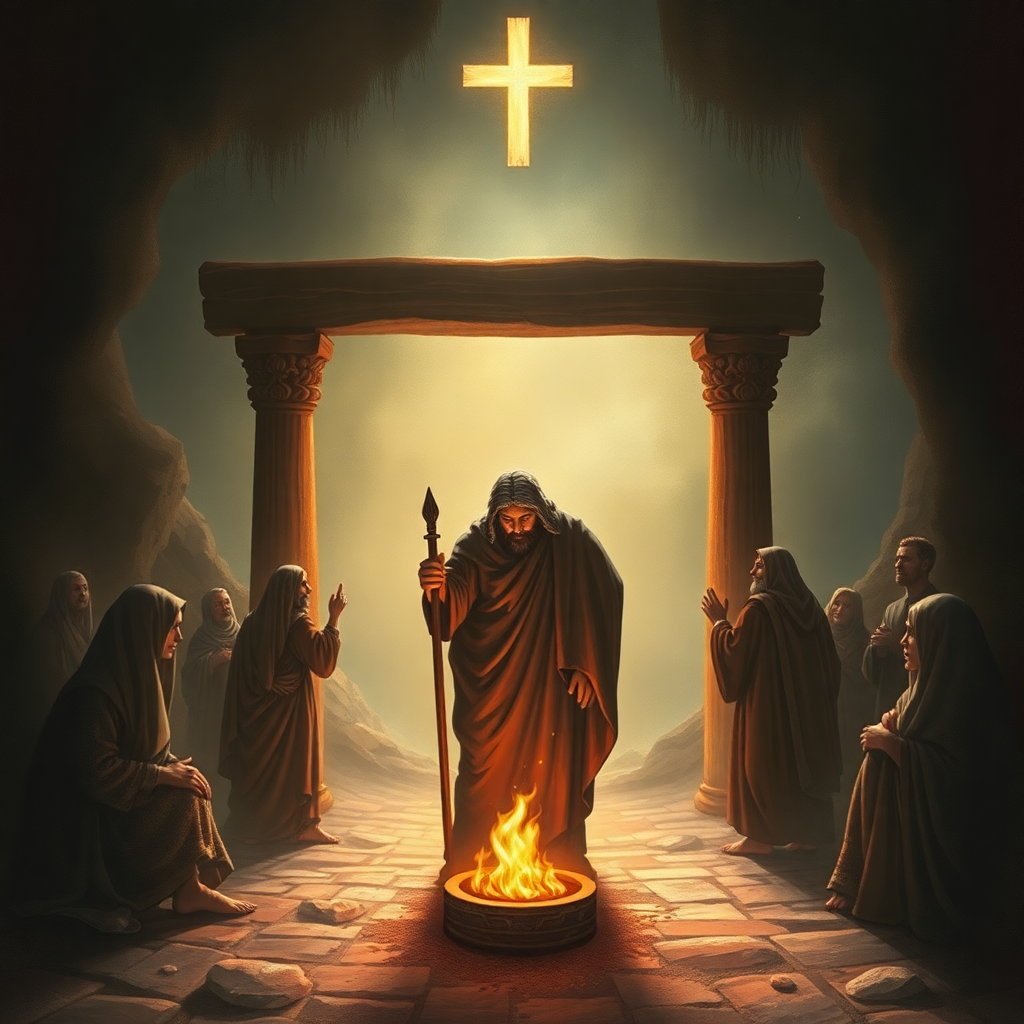What is Sheol in the Bible and how is it different from Hell?
While Hell is explicitly a place of punishment for the wicked, Sheol is a realm where all souls—both the righteous and the unrighteous—rest after death. Secondly, Sheol is often depicted as a temporary state, whereas Hell is viewed as eternal.
The concept of Sheol is one of the more enigmatic and often misunderstood aspects of biblical theology. This term appears frequently in the Hebrew Scriptures and refers to a place associated with the dead. While the idea of Sheol bears similarities to what many consider Hell, the two are distinct in both meaning and connotation. Understanding Sheol requires a closer look at its biblical context, cultural significance, and theological implications.
The Biblical Definition of Sheol
In the Old Testament, Sheol is depicted as a shadowy realm where souls go after death. The Hebrew word itself translates roughly to "the grave" or "the pit." Characters throughout the Scriptures, such as Jacob and David, express laments and fears about descending into Sheol, indicating that it is not a place of punishment but rather a place where the dead dwell. It is portrayed as a kind of waiting area for souls, devoid of the moral implications that later interpretations of Hell suggest.
The descriptions of Sheol in the Bible point to a nebulous existence. Multiple passages refer to it as a dark and silent place. For example, in Psalm 88, the psalmist speaks about being "counted among those who go down to the pit." Similarly, Job mentions Sheol in his lamentations, portraying it as a realm that keeps the dead in an eternal state of forgetfulness. Ultimately, Sheol serves as a common destination for all souls, regardless of their moral standing in life.

Sheol in Ancient Near Eastern Thought
To fully appreciate the meaning of Sheol, one must consider the broader cultural context of the Ancient Near East. Ancient societies had nuanced beliefs about the afterlife, and Sheol fit into a larger framework of life, death, and the hereafter. Much like the underworld in other cultures, Sheol was not inherently a place of torment; rather, it was a continuation of existence without the pleasures and activities associated with the living.
Sheol was understood as a place devoid of God's presence. This absence of divine light made it a bleak and sorrowful place, but it also highlights that Sheol was a state rather than a specific locale of punishment. The absence of moral judgment in Sheol reflects a different theological worldview than later concepts of Hell developed in later Judeo-Christian thought.
The Transition to Hell in Christian Doctrine
As biblical theology evolved, particularly with the advent of Christianity, the understanding of Sheol began to transition into the concept of Hell. In the New Testament, terms like "Gehenna" and "Hades" began to replace the older idea of Sheol, and these terms carried more explicit connotations of punishment and eternal damnation.
In Christian theology, Hell is typically viewed as a place of eternal separation from God, reserved for those who reject divine grace and choose a life of sin. This aligns with the teachings of Jesus, who often spoke about fiery judgment and the consequences of unrepentant sin. The transformation of Sheol into Hell reflects a shift in theological understanding, emphasizing moral accountability and the finality of one's choices in life.
Key Differences Between Sheol and Hell
Understanding the differences between Sheol and Hell is crucial for grasping their distinct functions in biblical literature. Firstly, one of the most significant differences is the absence of punitive connotation in Sheol. While Hell is explicitly a place of punishment for the wicked, Sheol is a realm where all souls—both the righteous and the unrighteous—rest after death.
Secondly, Sheol is often depicted as a temporary state, whereas Hell is viewed as eternal. The concept of Hell encompasses the final judgment, where souls are either granted eternal life in communion with God or condemned to everlasting separation from Him.
Another notable distinction lies in the presence of God's influence. Sheol lacks God's active presence; it is portrayed as a dark abyss where souls lie in a state of forgetfulness. In contrast, Hell is highlighted as a place devoid of God's mercy and grace, emphasizing the consequences of moral failure.
Conclusion
Sheol and Hell, though often conflated, represent different aspects of the afterlife in biblical theology. Sheol is a temporary place for all souls awaiting their final destiny, while Hell serves as an eternal consequence for those who reject God. By exploring the origins and implications of Sheol, one gains a deeper understanding of the biblical perspective of death and the afterlife, as well as how these concepts transitioned through the ages to form modern theological beliefs. In this way, Sheol continues to enrich our understanding of humanity's fascination with what lies beyond this life.